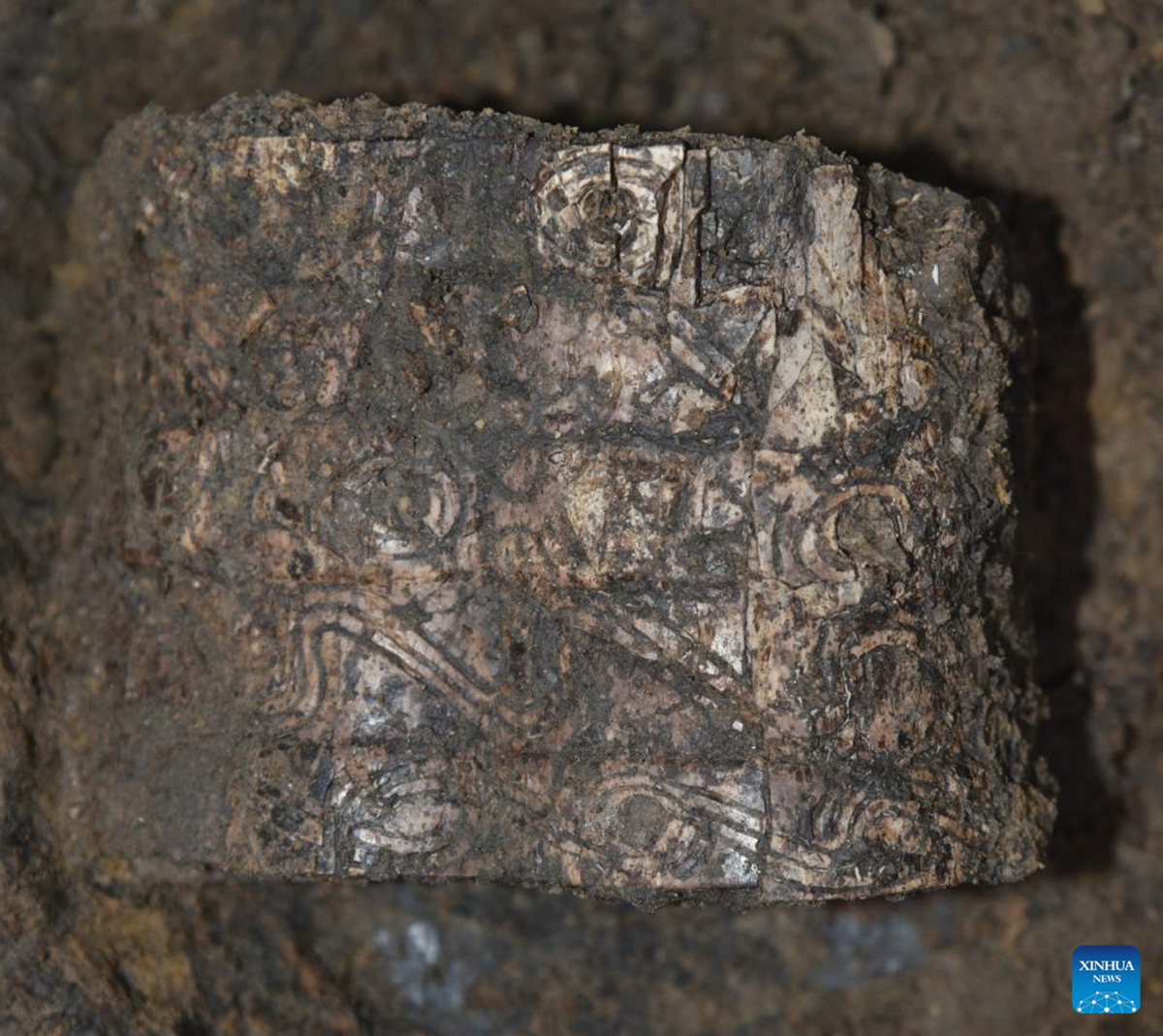A remarkable tomb estimated to be 5,000 years old has been discovered in central China, believed to belong to an ancient king. This find occurred at the Wangzhuang ruins in Yongcheng, Henan province, where archaeologists have already uncovered over 350 artifacts.
According to Li, a leading archaeologist, “We refer to the early complex societies around 5,000 years ago as archaic states in Chinese archaeology.” This tomb is one of the largest from that era, featuring an array of burial offerings that include more than 200 ceramic vessels and jade jewelry designed for feasting.

The ceramic artifacts showcase influences from various regions, suggesting significant interactions with neighboring complex societies.
Highlighting the significance of this find, Zhu Guanghua, an associate professor at Capital Normal University, noted that the Wangzhuang ruins likely served as the capital of an ancient kingdom, not just an ordinary settlement.
This substantial tomb measures between 4.52 to 4.8 meters in length and 3.47 to 3.68 meters in width. It includes both inner and outer coffins and is filled with impressive burial items—over 100 pottery pieces, nearly 200 jade ornaments, bone tools, and animal remains such as pig mandibles, a sign of wealth.
Severe Damage
Sadly, the tomb has suffered considerable damage over the years. “The remains of the tomb owner have largely been disturbed, with many critical artifacts missing,” said Zhu. Only fragments, like a few toe bones, remain. Jade ornaments were found scattered around, and many ceremonial stone blades appear to have been intentionally broken.
Since 2023, excavations at the site have involved experts from the Henan Provincial Institute of Cultural Heritage, Capital Normal University, and other institutions. The continuing excavations have revealed a treasure trove of exquisite pottery, stone tools, and jade artifacts, illustrating the existence of a distinct social hierarchy at that time.
The discoveries from the Wangzhuang site reflect a vibrant cultural interchange during prehistoric periods, highlighting influences from various regions of China, including the Yangtze River basin. “These findings are crucial for understanding both Chinese history and the globalization of early civilizations,” Li emphasized, showcasing the site’s role in illuminating the cultural syncretism of ancient Chinese society.
